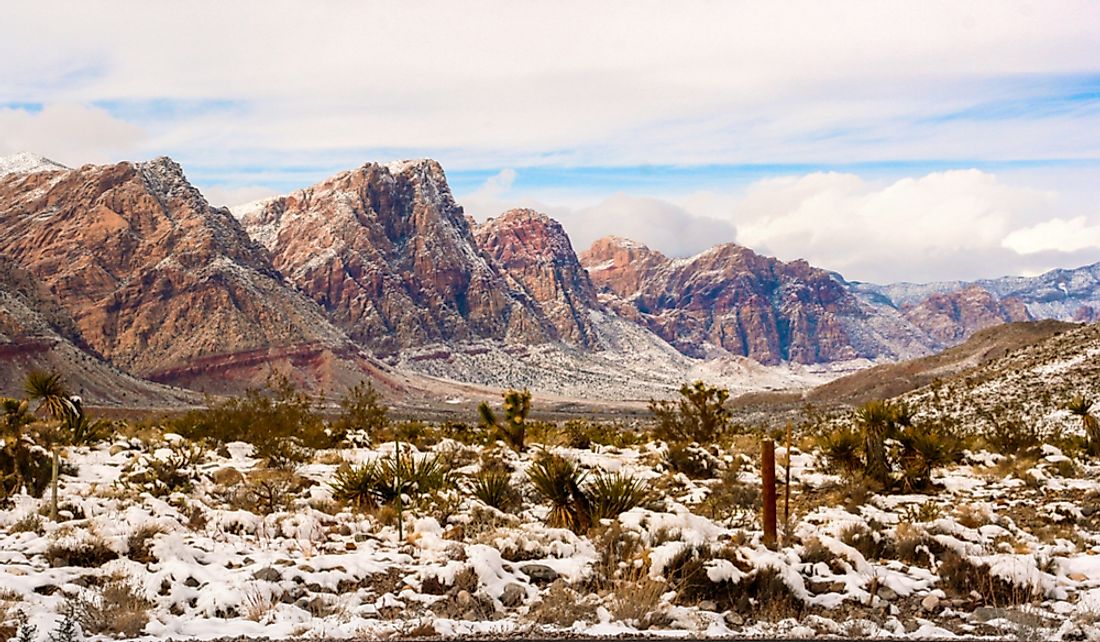Does It Snow in Las Vegas?

Las Vegas is the twenty-eighth most populous city in the United States and the most highly populated city in the state of Nevada. Las Vegas is a major resort city that is known for its nightlife, entertainment, fine dining, and gambling. The city is located in the Greater Mojave Desert in Clark County, and it is surrounded by numerous mountain ranges. Las Vegas is ranked among the top three American destinations for global leaders and convention in the hospitality industry. It is one of the world’s most toured destinations. The city was incorporated in 1911, and it has over 583,756 residents. Although Las Vegas is generally regarded as a desert destination, the city does sometimes see snowfall.
Snow in Las Vegas
Yes, even though sustained or significant accumulation of snow in the city is quite rare, it does snows in Las Vegas after every few years. The mountains, which surround the city, receive snow every winter. Las Vegas is listed among the sunniest, less humid, and driest regions in North America. Las Vegas has abundant sunshine with about 310 sunny days all year long. The city experiences bright sunlight in 86% of the daylight hours. The most recent measurable snowfall in Las Vegas occurred on December 17, 2008, when they received about 3.6 inches of snow. The 2008 snowstorm was the most snow seen in Las Vegas since the 1979 snowfall. The rare snowstorm brought the city to a halt, closing all the main highways.
Largest Snow Storms in Las Vegas
The heaviest recorded snowfall in Las Vegas was the 12 inches snow that fell during the winter of 1909.
The next recorded snowfall in the city occurred on February 3, 1939. The 1939 snow event left 4 inches of snow, and it was the first recorded February snowstorm.
The city had two separate snowfalls in January 1949. The first snowstorm began on January 10, 1949, and lasted for three days while the second one hit the city on January 25. These snowstorms left leaving Las Vegas with accumulated snow of about 4.7 inches.
Another heavy snowfall to hit the city occurred on January 31, 1979. Las Vegas is not used to heavy snowstorms; therefore the 1979 snow affected all the primary functions in the city resulting in the closure of all the learning institutions in the city. The official measurement of the 1979 snowstorm was 7.4 inches.
Winters in Las Vegas
Winters are mild and short in the city, with chilly temperatures experienced during the day. Las Vegas receives abundant sunshine at all seasons since it is situated in the Mojave Desert. December is the cloudiest and coolest month in the city. The sun shines about 78% of the daytime hours in November with the average temperature being 13.7°C. During the evenings, the city has clear skies and the temperature drops to 3.9°C or even lower in January and December. Due to its high elevation ranging from 2,000-3000 ft, the city has colder winters than other parts of the Mojave Desert and the Sonoran Desert. Las Vegas records about sixteen nights every winter of freezing temperatures. It is quite rare for the temperature to drop below -4°C. A considerable percentage of the annual precipitation is received in winter, but even February (the wettest month) has only 4 days of rainfall.











